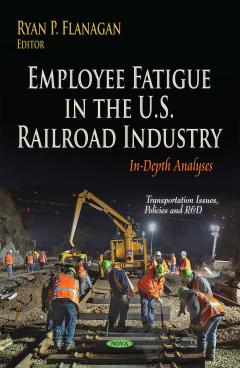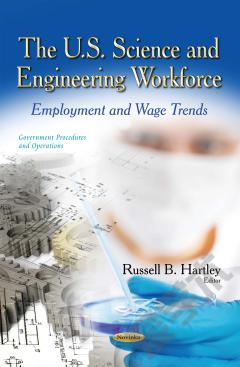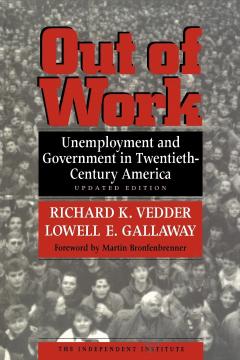Employee Fatigue in the U.S. Railroad Industry: In-Depth Analyses
How fatigued are safety-critical railroad employees such as Train and Engine (T&E) workers, passenger T&E workers, signalmen, Maintenance of Way (MOW) workers and dispatchers, and how does their level of fatigue affect the safety of railroad operations? Are statutory or regulatory limitations on hours of work sufficient to prevent worker fatigue? Fatigue is largely a function of sleep and circadian rhythms. Sleep, in turn, is a function of work schedules. Work duration, the time of day (TOD) of work, and schedule variability are aspects of work schedules that determine when sleep can occur. Fatigue exposure is determined largely by work schedules, and fatigue exposure determines fatigue risk and the probability of human factor accidents. This book draws on the results of several prior studies, all conducted with similar methodology, to characterize the prevalence of employee fatigue in the U.S. railroad industry. Data from logbook surveys of signalmen, maintenance of way workers, dispatchers, and train and engine service employees were combined to examine the relationship between work schedules and sleep patterns.
{{comment.content}}








 京公网安备 11010802027623号
京公网安备 11010802027623号